In industrial facilities around the world, bold visions for automating and integrating complex production processes are taking shape. Increasingly, manufacturers are looking to integrate digital technologies that increase flexibility, improve efficiency, prevent unexpected downtimes, and accelerate production. This introduces the era of the “smart factory.”
For most companies, this level of efficient production and automation is more an aspiration than reality. What is perhaps most significant is that this case is only about one small part of the capability a smart factory can perform. In the digital factories of tomorrow, everyday operations will include predictive maintenance, flexible machine use-and-upgradability, production, and raw material footprints of goods, tracking and tracing of goods in productions with mass customization, and energy efficiency.
There are many opportunities for generating value. This involves making process data and metadata from machines more available to – and transparent for – planners and technicians, down to the most granular machine level. Looking at current machine infrastructures, there is a large quantity of data that is created but not available. The challenge is that machines have a hierarchic control structure which is – in most aspects – optimized for fast and efficient machine control. The data relevant to this control structure is transferred with very low latency, with the control system requiring cycle times in the range of milliseconds. This increases the stress on the machine control, which must process additional data that is not latency relevant. To resolve this type of challenge, TE Connectivity approaches the critical issues from three perspectives: Devices, Connectivity, and Content.
-
Smart devices: Determining which components will enable data creation, starting with smart relays over additional sensors and connectors that function as smart devices, by collecting – for example – information about energy consumption or monitoring condition.
-
Physical connectivity: Positioning more smart devices inside a machine creates additional connections, which generates more data to be transferred and at the same time, reduces the size and cost of nodes; this leads to the need for alternative connectivity solutions including wave-guided data transfer and wireless solutions.
-
Connecting the content: Managing a data path for added value data; the connectivity solution will need to manage, aggregate, buffer, and process data as well as open up a secure path to transmit data to the enterprise-level IT system.
TE provides a large breadth of product solutions to help you solve for the “smart everything” that tomorrow brings, such as:
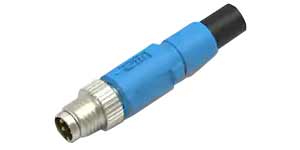
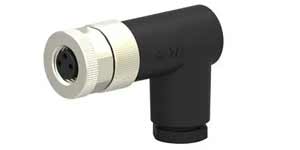


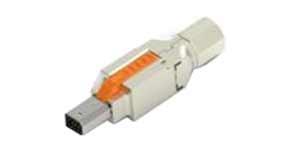
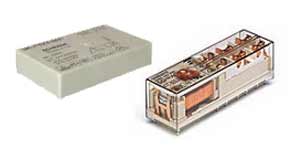


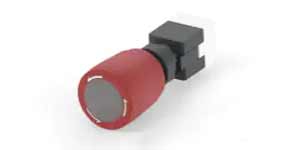
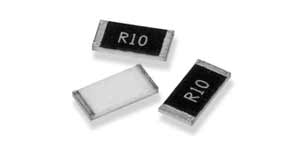
What do we mean when we say, “smart everything” and how does it apply to smart factories? We’re talking about applications such as: Automation controls that include Programmable Logic Controllers (PLCs), Human-Machine Interfaces (HMIs), Distributed Controls, and I/O Devices; Industrial Robots and Cobots; Servo Motors and Drives, Controls Cabinets, Warehouse Automation, and more.
As connectivity comes to factories, both consumers and manufacturers stand to gain. Consumers will benefit from innovative products that come to market faster. And manufacturers will benefit from increased efficiency and greater control over production quality, maintenance, and the supply chain.
TE is transforming the concept of the smart factory into operational reality by introducing high-performance information and communication technologies – products that connect computers, information systems, sensors, relays, robotics, tools, building facilities, materials, and products to each other.

